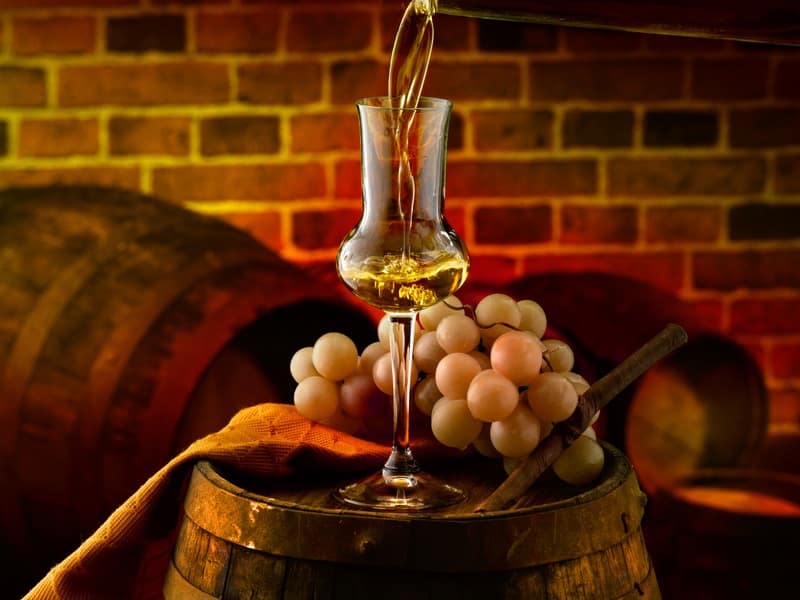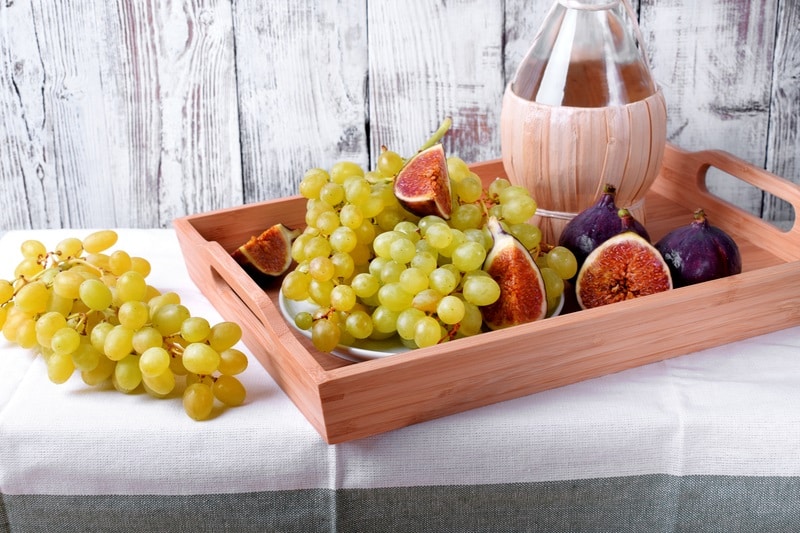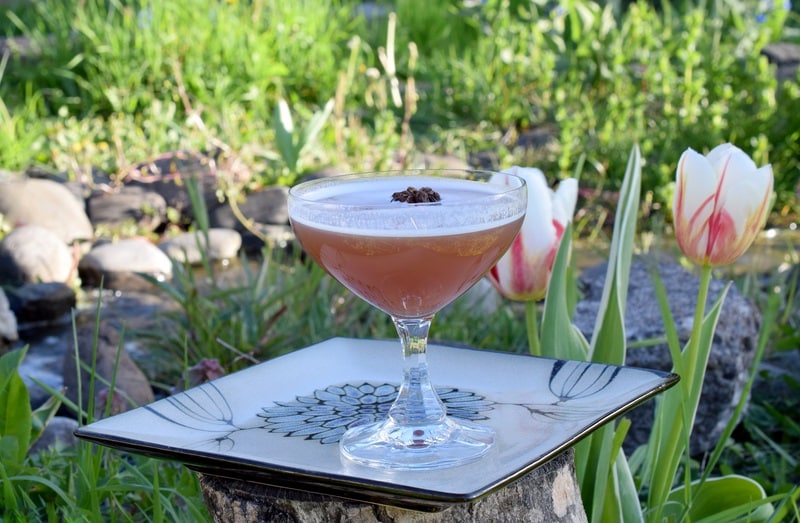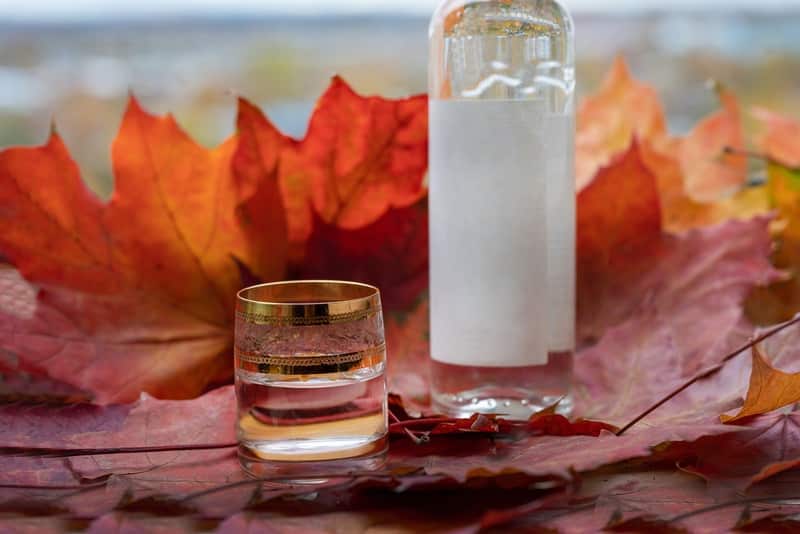
Grappa can be overwhelming and intriguing for people trying it for the first time in their lives. For anyone who loves to visit Italian restaurants, it is nearly impossible that you have never sipped on Grappa.
However, some people enjoy the burning and intense sensation after consuming Grappa. This has become one of the primary reasons for its popularity.
If you are one of those who have fallen in love with Grappa and are unable to find it anywhere near you, then there are some pretty good substitutes for it.
What Is Grappa?
Before getting into the substitutes, it is better to understand what Grappa is? Grappa is a grape-based alcoholic drink. It is essentially a brandy of Italian origin. Its usually used after meals as an aid for proper digestion.
Aside from this, it is also used as a home remedy for rheumatism, bronchitis, and toothaches. Grappa is exceptionally fragrant, and it contains up to 60% alcohol. It is widely consumed in Greece, Northern Italy, Argentina, Bulgaria, Uruguay, and Galicia.
It is similar to wine in the sense that the taste of Grappa is highly dependent on the types and quality of grapes that were used in making it. Another factor that affects the flavor is the process of distillation used to make it.
Usually, Grappa is made by distilling the seeds, skins, stems, and pulp after pressing the grapes. It’s safe to say that Grappa was made to prevent the wastage of pulp, skin, or seeds.
Some Facts About Grappa
In general, Grappa has an indefinite shelf life and can be stored for years. But if, for instance, it gives an unusual odor, then it should be discarded to avoid any health issues due to the consumption of a compromised liquid. Grappa has more alcohol content than wine. This makes it stronger too.
Grappa is manufactured by using pomace. In Italy, it is commonly termed “healthy water.” The main reason for that is that its primary use is digestif. Italians consume it after a heavy meal, just like some people consume green tea to help digest heavy meals.
When serving Grappa, it is surprisingly important to use the right type of glass. It is usually served in a thin and tall glass wider at the top. The glass is always filled up to one-third to keep the fumes from being too close to the nose. At the same time, you will pleasantly enjoy the aromas.
It is becoming an increasingly important ingredient in cocktails. One interesting new idea is to soak some figs in a container of Grappa and consume it after a few days for even better digestive health.
Figs are very famous for their health properties. Grappa was initially considered a dry and boring drink, but it has come a long way since then. The versatility of its uses has increased multifold.
It is also a lot cooler to ask for Grappa than to ask for a green tea or any other medicinal liquid for digestion purposes in a restaurant or a public setting. It can be said that Grappa has become a lot cooler over the years.
Grappa is an acquired taste. People usually end up developing a love and hate relationship with it. Then there are the diehard fans who enjoy Grappa’s intense flavor.
For those people, it is essential to have good quality substitutes to get that same feeling that they get when they have Grappa. Following are some top-notch substitutes that could have anybody fooled:
Grappa Substitutes
1. Aquavit
The first and the most widely favored substitute for Grappa is aquavit. The main reason for this is their similarity to each other in terms of taste. It is a neutral spirit that is distilled from potatoes or grains.
Aquavit is usually used as the collective term which can be defined as the distillate of different fruits or mashes. For instance, aquavit can be made by distilling sugar cane, wine, grains, fruit, or potatoes.
Aquavit is often fermented before the distillation process, which helps improve the alcohol percentage in the liquid. That being said, there are aquavits in various flavors. If you want the perfect substitute for Grappa, the best option would be to go for the grape aquavit.
2. Grape Brandy
The grape brandy is made by distilling fermented grapes. In particular, the fermented grapes left over after the winemaking process are used.
Grappa is made by distilling pomace, but grape brandy is made by distilling pomace and the leftover liquid. As a result, precise taste and flavor are easily achieved. This makes it an excellent substitute for grappa lovers.
However, it is essential to mention that the flavor and structure of grape brandy will be much less intense compared to Grappa. The grape brandy will have a fruitier and lighter flavor.
3. Grape Vodka
We have already mentioned that the flavor and intensity of Grappa depend on the quality of grapes and the type of distillation process. That being said, grappa and grape vodka will slightly differ in flavor. It’s safe to say that grape vodka will be stronger than Grappa.
Usually, the vodka is treated with charcoal or is distilled to make odorless vodka. The grape vodka is concerned. It has a grape-like flavor.
Vodka, in general, is a strong alcoholic drink, so it is understandable how it will be more intense in flavor than Grappa.
4. Brandy
Brandy is one of the most versatile liquors out there. It can be used for cooking and drinking purposes. Brandy has been used as a medicine or home remedy for many years. It is made by distilling the wine or the fermented juice.
If you want to replace Grappa, you need to use the brandy distilled from fermented grapes. The fruit is usually fermented to make brandy, and the resulting wine is distilled.
Whichever distillate is made, it is aged to replace Grappa. In addition, the last step is blending the liquor. It would not be wrong to say that brandy is quite ancient as it is dated back to the 17th century.
Generally, brandy has 38% of alcohol content. We suggest that you opt for the Italian variant because it uses the spirit from grown grapes which delivers a similar flavor note to that of Grappa.
5. Cognac
Cognac is one of the most effective substitutes for Grappa. That is because this spirit is made in Charente. Generally, cognac is made from three different grape varieties: colombard, Folle Blanche, and ugni blanc.
Cognac tends to have around 40% alcohol percentage and is made in two different stages. The grapes are softly pressed in the first stage while the leftover is fermented for one month.
When the wine is fermented, it is then distilled to make cognac. Some variants of cognac are made by adding caramel or sugar, which adds texture and color.
The bottom line is that these substitutes of Grappa are readily available and can be used for cooking and drinking purposes. However, you will need to be mindful of the amount you have to substitute depending on the alcohol and flavor intensity.






